Lime Plastering
Internal Lime Plastering in Cornwall has many benefits. Cornwall can be a damp place to live and if a non-breathable cladding is present, moisture can be difficult to limit or eradicate.
The composition of Lime plaster is appropriate ratios of sand, water and Lime. Whilst it sets up to an extremely hard and solid mass, it is also a naturally breathable building material and is very flexible. Lime plaster is not affected by water so will not soften or dissolve, enabling the Cob, stone or brick wall to stand the test of time.
Lime plastering in Cornwall is applied in coats, the number of which can be determined by carrying out an assessment of the existing plaster application/s and taking into account the quality of finish required.

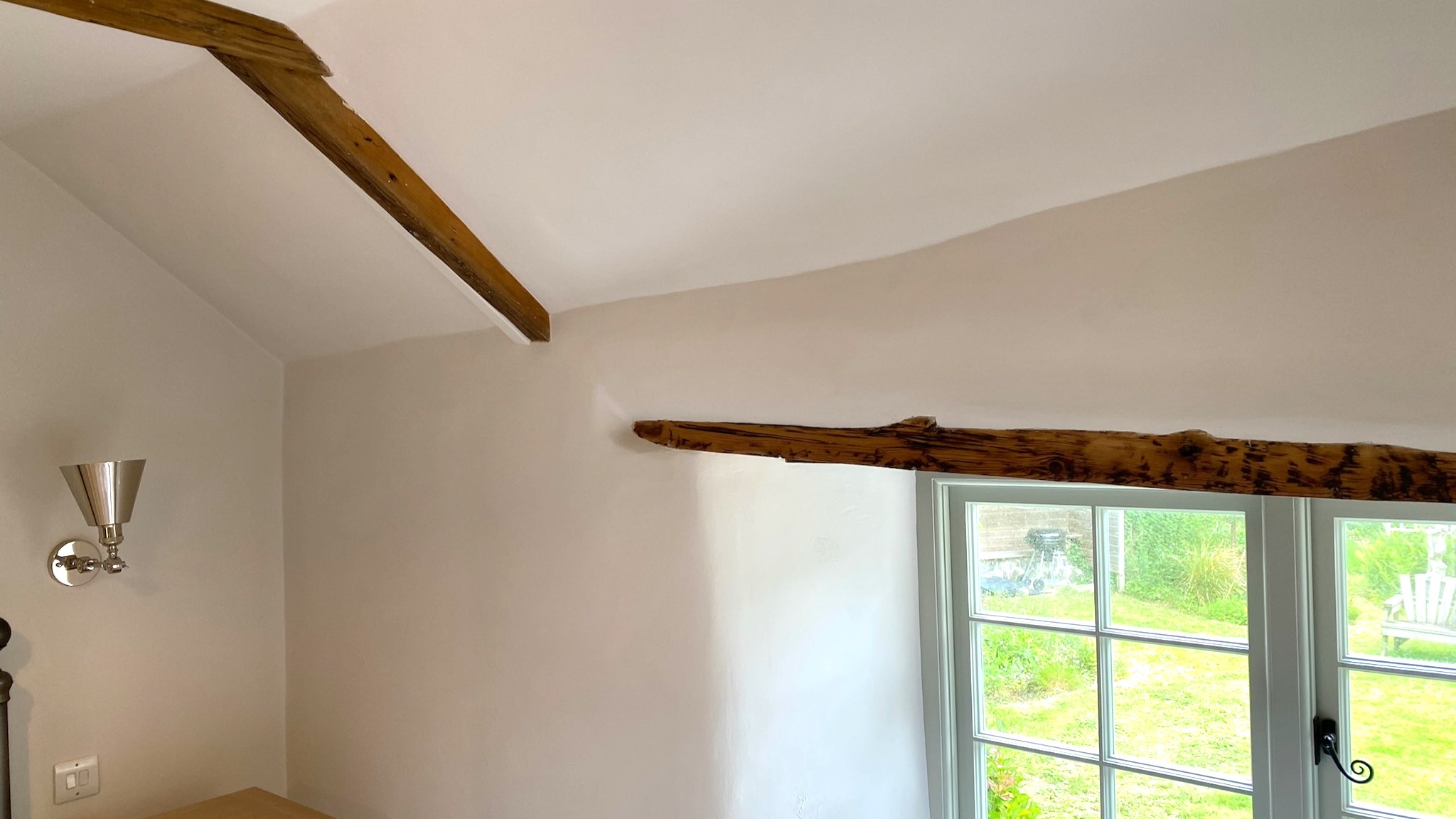
From the 18th Century onwards, Lime plaster in historic buildings in Cornwall was/is usually applied in a 3-coat process to enable the achievement of a flat finish.
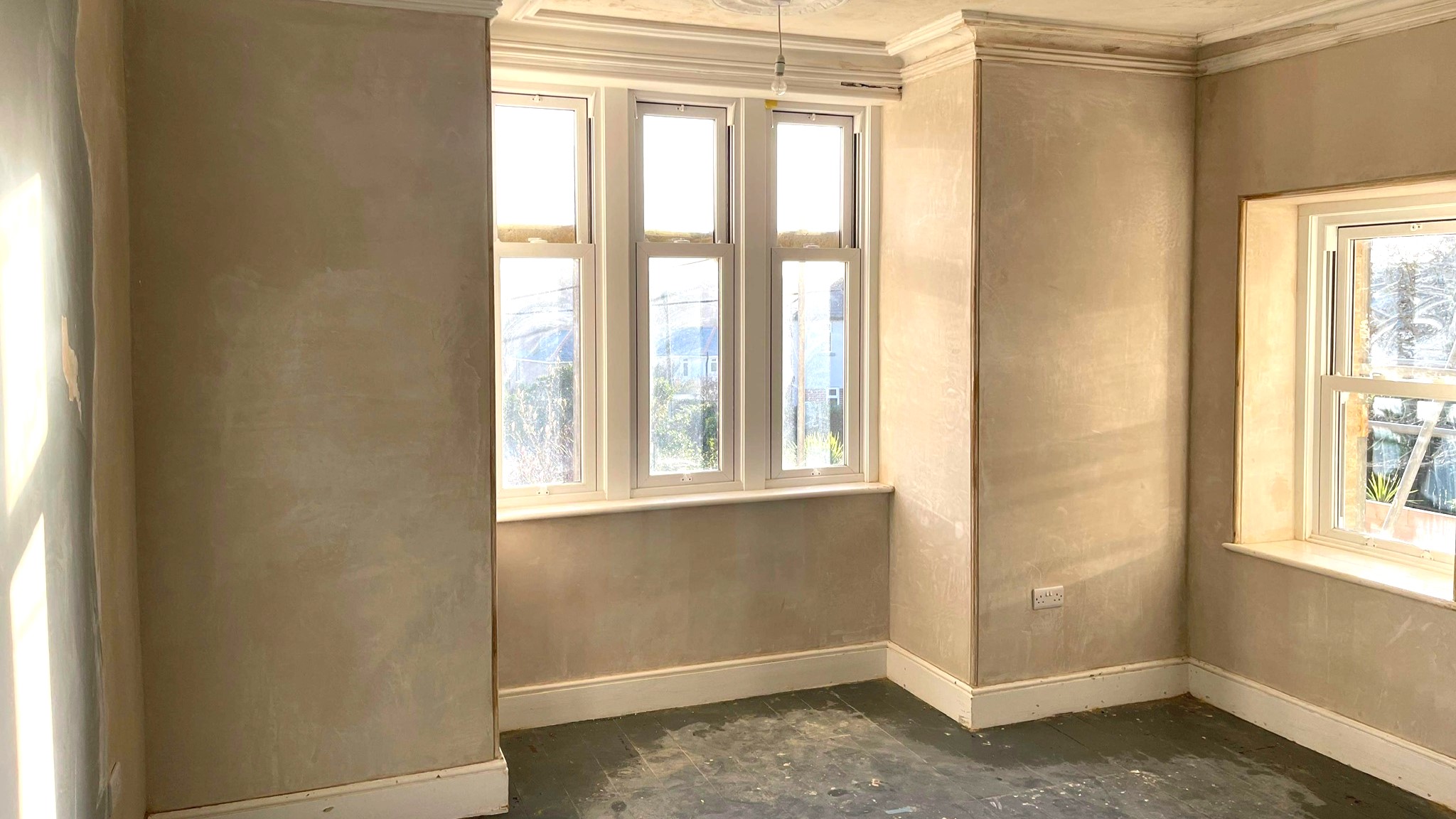
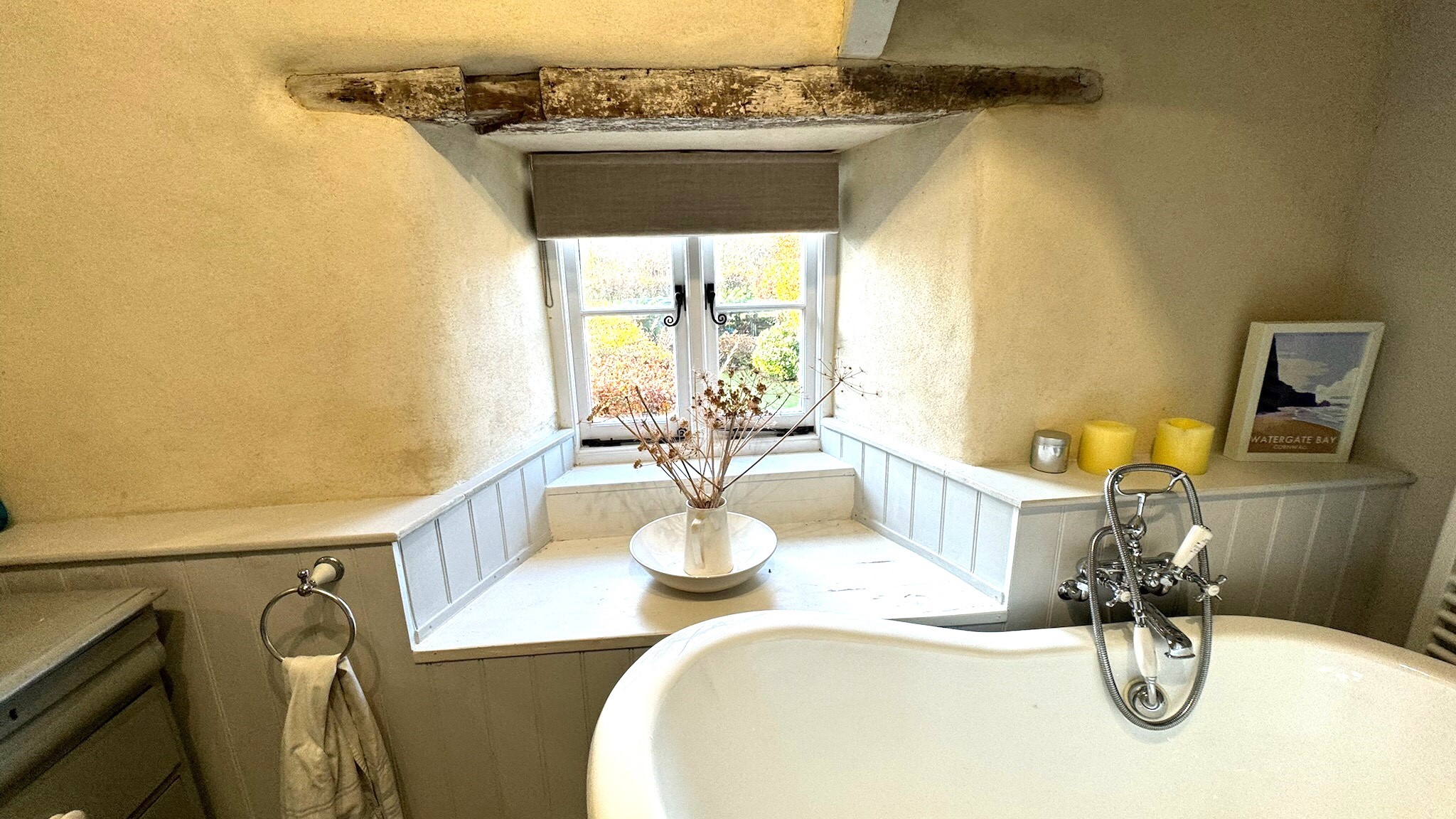
Once a successful de-cladding of existing coverings has been achieved and the wall is ready for the Lime plaster, small hollows and holes should be filled in to allow for an even distribution of the first coat of Lime plaster. This is followed by the wetting down of the substrate, a crucial element to the process.
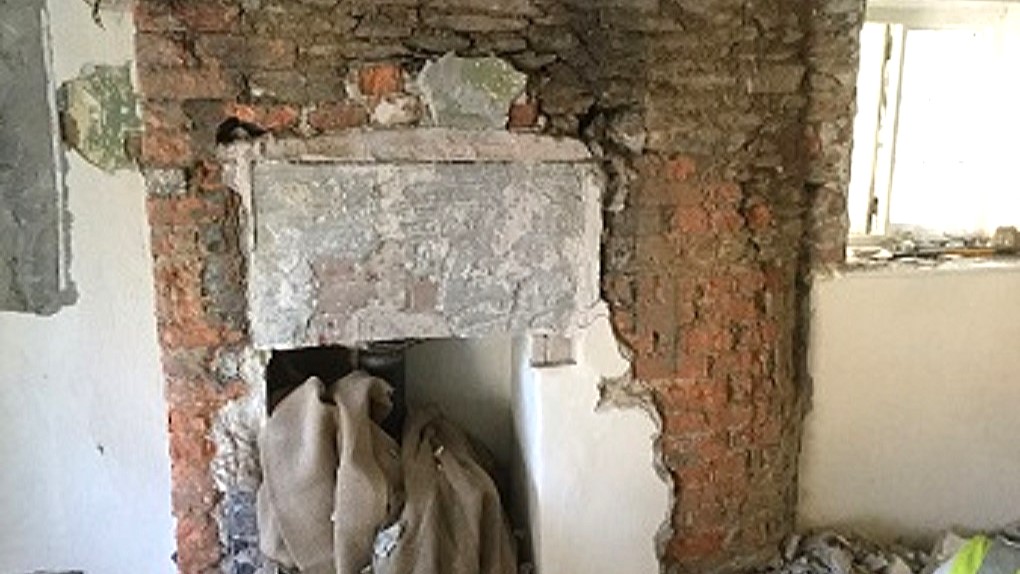
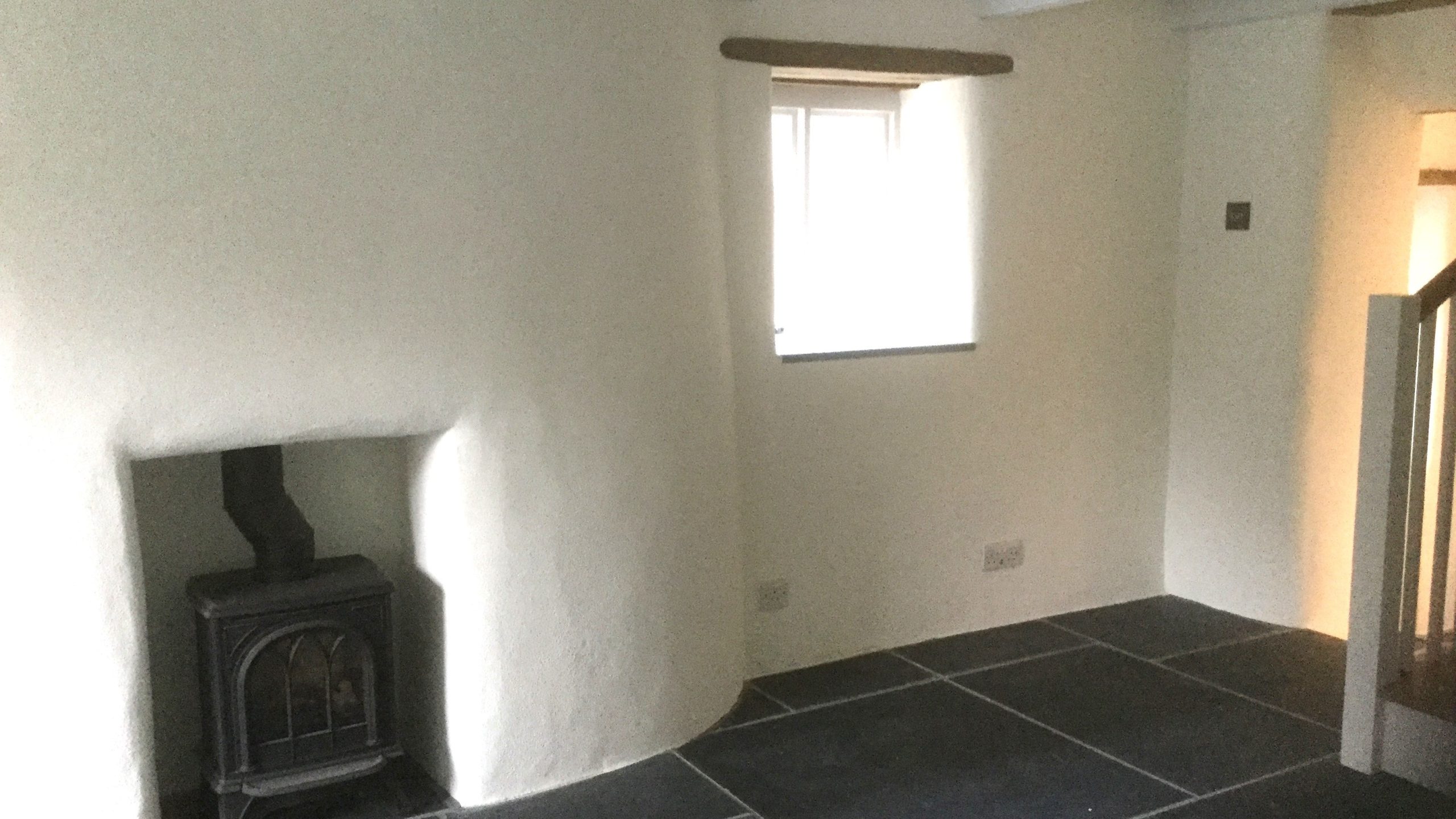
Sponge finishes to Lime plastering in Cornwall will follow undulations and curves culminating in a free-flowing feature.


To have a look at our completed Lime Plastering Projects and see what our Clients thought about the work we carried out for them, please view our Portfolio and Testimonials.
We are specialists in Lime Plastering in Cornwall, and if this is something you think we can help you with please do not hesitate to Contact Us.
Lime Plastering Cornwall – Lime Plasterer Cornwall – Lime Putty Plastering Cornwall


